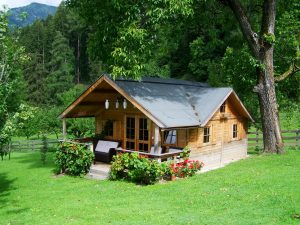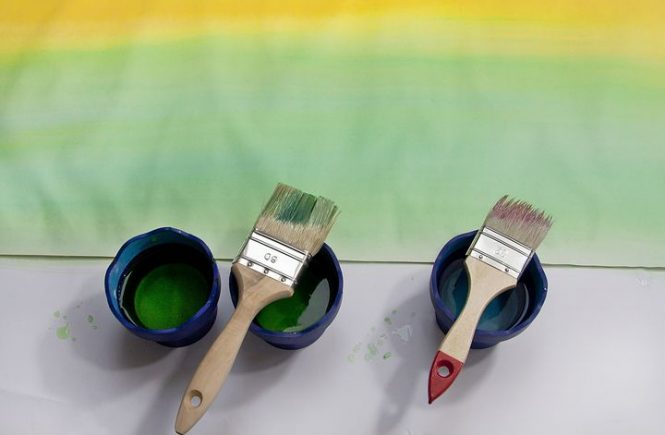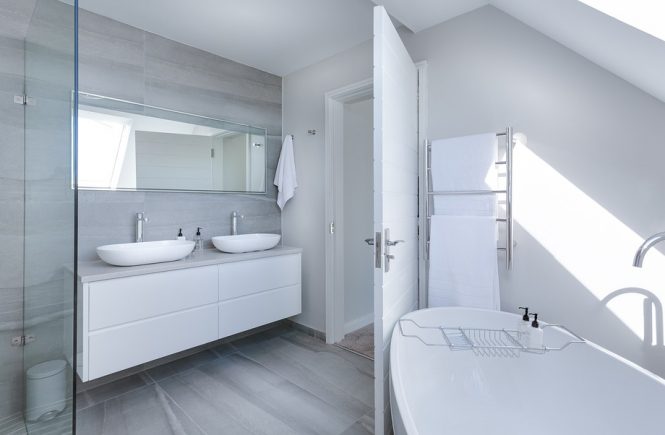At long last, you’re a homeowner.
This means that you won’t have to defer to your landlord when it comes to upgrades.
You can paint your walls, replace your windows, or even install new flooring.
Everything is up to you.
Still, it’s important to remember that this is a major responsibility. Your home is an investment, and it’s something that should enrich you. These simple tips will help you to avoid many of the mistakes that other homeowners make.

After you purchase your home, these are some of the steps you’ll want to take:
1. Switch the locks. You don’t know who has a spare key.
2. If you want to keep an extra key out, don’t put it beneath the flowerpot. Criminals know to check there. Instead, place it in a lockbox.
3. If your garage doors or gates have key codes, reset them. You have no way of knowing who the owner gave those codes out to.
4. Check carbon monoxide and fire detectors to ensure they’re in good working order. You don’t know when they were tested last! If your home is missing either of these things, you’ll want to install them.
5. Look at the temperature that’s on your water heater. This is especially important if you have children in your house. This is especially important if the heater is newly installed, as manufacturers typically set temperatures fairly high. Ideally, you’ll want to temperature to be set at 120 degrees.
6. Ensure that the bulbs in motion detectors and any additional security lights are working.
7. Make sure that there’s a fire extinguisher on every floor of the house. The fire extinguisher on the ground floor should be in the kitchen.
8. Have your vents and dryer house cleaned annually. A clogged vent or hose could lead to a fire. You should also clean them after you move in. Remember, you don’t know when or if the previous owners had them cleaned.
9. Make sure your HVAC filters are changed once a season or more. This can increase the lifespan of your unit, and it can also reduce your heating and cooling costs. It’s a wise idea to stock up on filters so that you always have them around.
10. In both the spring and the fall, you should work with a trusted company for HVAC, furnace repair and maintenance.
11. Every year, have your fridge coils cleaned. It will improve performance. This may not be necessary if you have a newer fridge. It’s typical for coils to be insulated in new fridge models.
12. Your water heater should be drained annually.
13. Gutters should be cleaned twice each year or more.
14. If certain items on your inspection report weren’t taken care of, you’ll want to fix these issues sooner rather than later. Repairs will only cost you more down the road.
15. Find your primary water shut-off valve. You can assume that at some point, you’ll have to deal with busted pipes. Knowing where the shut-off valve is can help you to avoid water damage.
16. Locate the circuit box and make sure that all of your circuit breakers are clearly labelled.
17. If your home runs on gas, you’ll want to find the location of that shut-off valve as well.
18. If your home has a sump pump, it should be tested ahead of the rainy season.
19. You know that you can call 911 in an emergency, but you’ll want to put together a list of other emergency contacts as well. Place this list in an area where it’s easy to spot.
This list should include:
- Utility companies
- Plumbers
- Insurance agents
- Electricians
20. Put together a kit of emergency supplies. It should include items like:
- Batteries
- Water
- Blankets
- Flashlights
23. Keep companies of important documents like your mortgage agreement. This can help you if you have a dispute with your lender. It’s a good idea to keep both physical and digital copies of important documents.
You should also save:
- Contact information for your lender
- Your home inspection report
- Insurance paperwork
- Closing documents
22. Make sure essential bills like your mortgage payment are on auto-pay so they’ll never be late.
Here’s a short video in review … 8 things to do once you move in.




